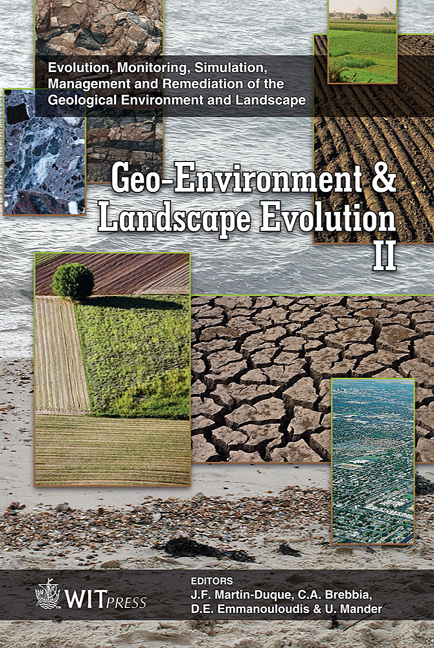The Urban Geo-science Model: An Essential Tool To Support Planning And Sustainable Development
Price
Free (open access)
Transaction
Volume
89
Pages
8
Published
2006
Size
3,140 kb
Paper DOI
10.2495/GEO060191
Copyright
WIT Press
Author(s)
D. McC. Bridge, B. L. Morris & J. R. A. Giles
Abstract
New technology for viewing and sharing digital information means that national geological surveys can present geo-science information in innovative ways that take better account of the third dimension. The British Geological Survey is piloting the development of 3-D geo-science models in four conurbations across the UK. These models are being developed with a view to supporting sustainable development, particularly in the context of urban groundwater management and development planning. The work is research based but is being guided by the very specific needs of regulatory bodies and local authorities. The success of this initiative will depend ultimately on creating greater awareness amongst the user community of the value of 3-D models, and ensuring that relevant information is made available in advance of major infrastructure projects. Keywords: urban geoscience, 3-D modelling, groundwater, development planning. 1 Introduction Most of the 60 million people that make up the population of Britain live in urban and suburban areas that comprise only 10 per cent of the countries’ surface area. The principal conurbations (Greater London, West Midlands, Greater Manchester, West Yorkshire, and the Central Lowlands of Scotland) expanded dramatically during the industrial revolution, in part, due to the ready availability of local raw materials (coal, water, ironstone). Some of these conurbations directly overlie productive aquifers where groundwater is a resource; others are underlain by less permeable rocks where urban drainage and the disposal of water from the urban infrastructure to the subsurface is a problem. Both require
Keywords
urban geoscience, 3-D modelling, groundwater, development planning.





